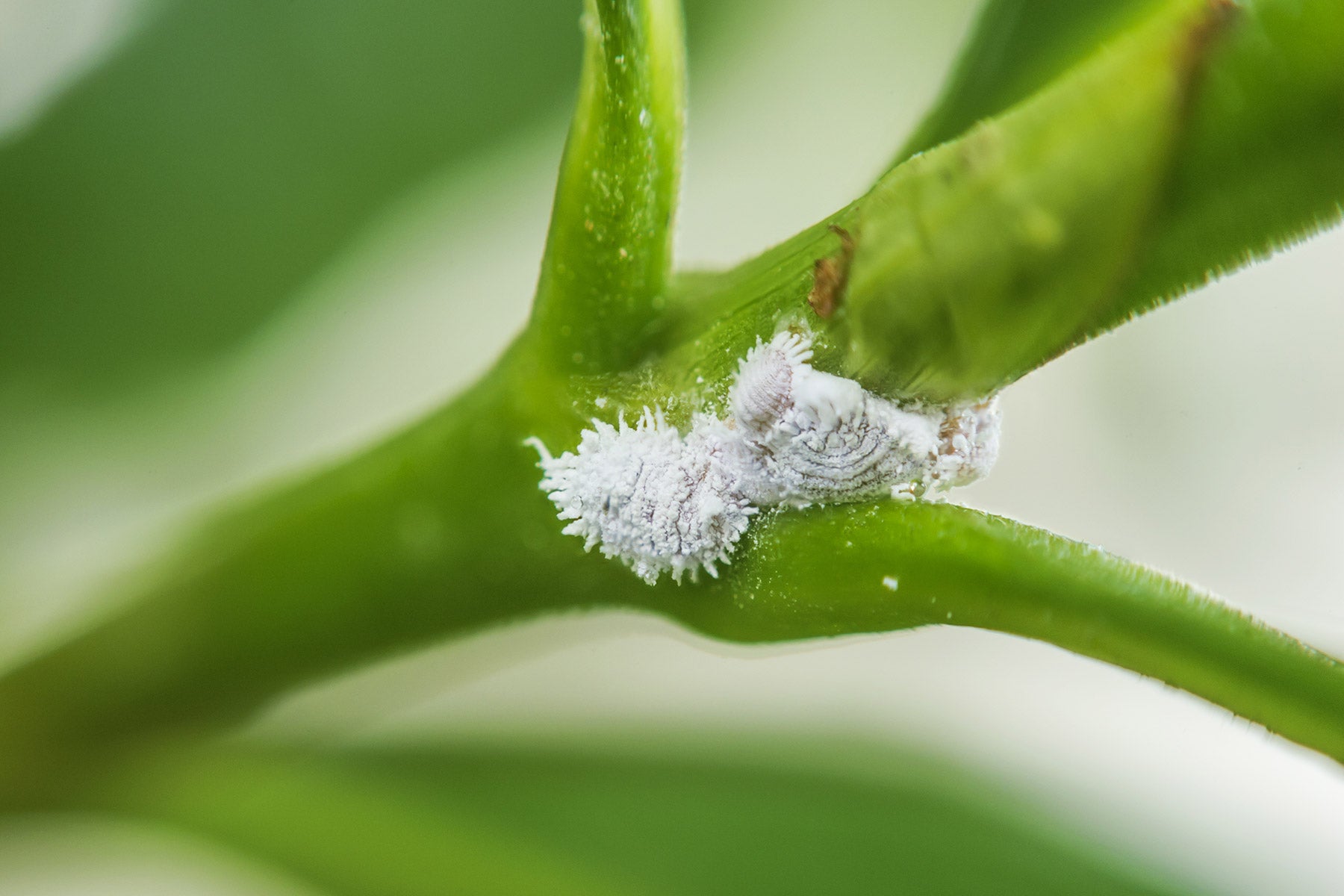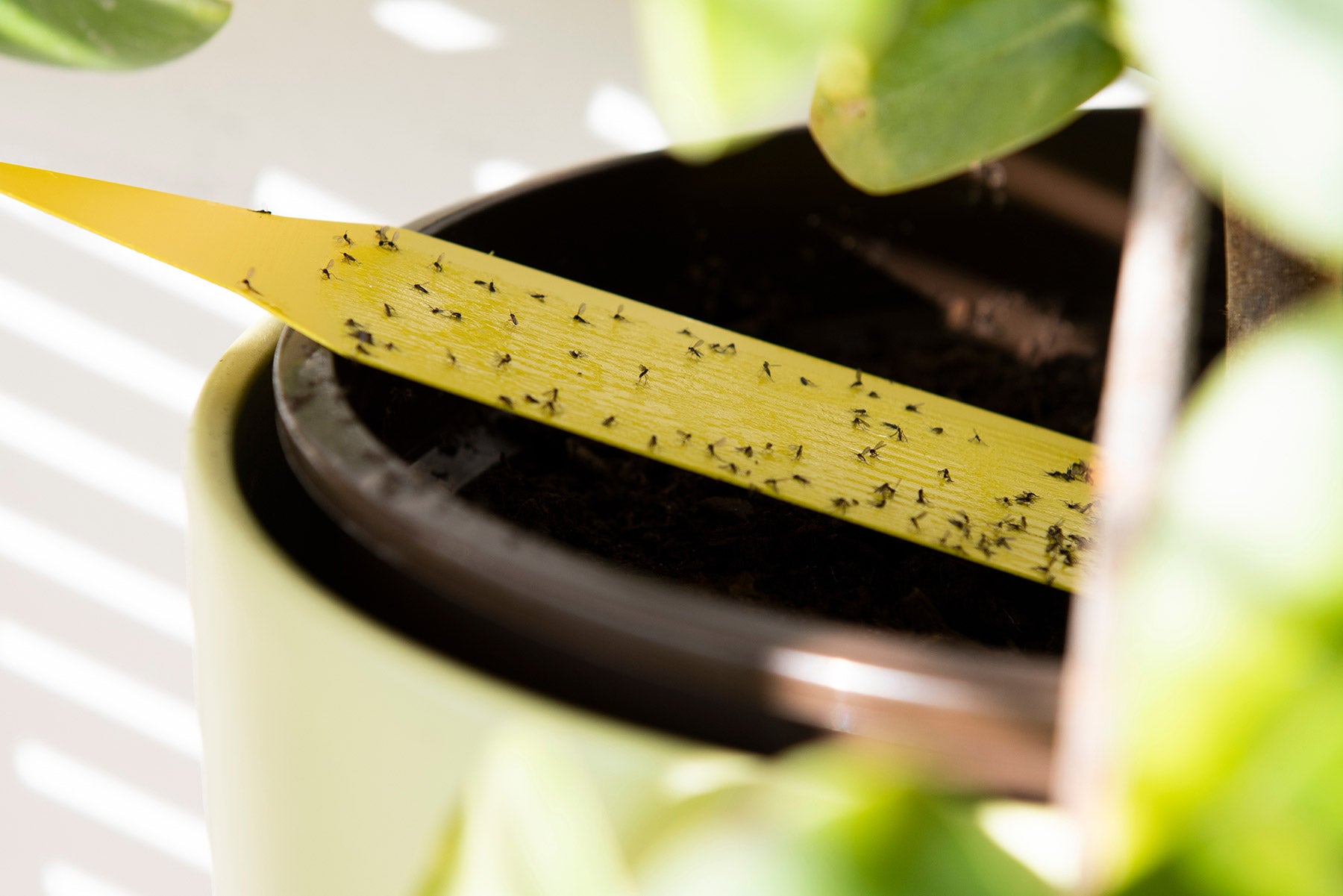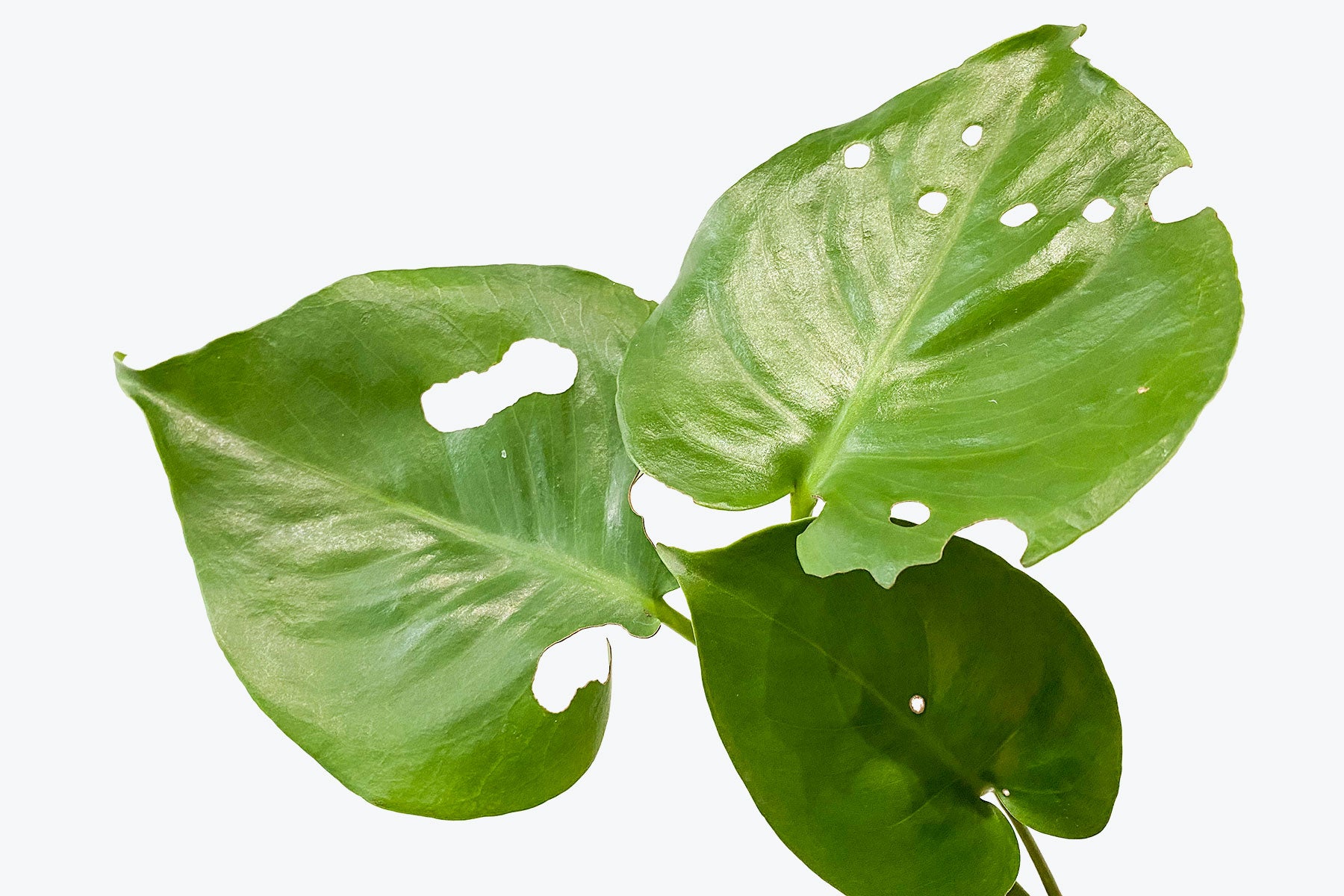
Common Houseplant Pests: How to Deal with Mealybugs
In my personal opinion, Mealybugs are the most hideous of all houseplant pests, as well as being some of the most difficult to get under control. The reason behind this: they move. Although they may appear to move slowly, they can quickly transfer between your beloved houseplants so always place an infected plant in isolation to prevent this from happening.

Why does My Plant have Pests?
I’ll be straight with you: insects are almost inevitable. Once you introduce nature into your space (that is what plants are after all!), life will run its course. However, there are plenty of ways to deal with each type of potential pest, all you have to do is put in a little time and effort. Also, not every insect will affect every variety of plant necessarily, some are more prone to specific pests compared to others, but I’ve outlined solutions for you to use if or when you come into contact with one of these little nuisances.
In this series, we will talk about some of the most common houseplant pests. It is not an extensive list, I’m sure there are many more pests that are out there, but these are the insects that you will most likely run into at some point in your plant journey. Isolate any plant in your care at the first sight of a potential infestation.
The main ways that houseplants enter our homes are:
- Through open doors and windows (many pests come in through the air and find new homes to live and feed off of i.e. our plants)
- Infested soil (make sure to store your extra soil in airtight containers and check the soil of any new plant you are bringing home)
- New plants (even if you have inspected a new plant, there is always a chance of bugs still residing somewhere in the soil or on the plant. Make sure you isolate any new plant from your other plants for a little while in order to minimize any potential spread)
Something to keep in mind, sometimes a plant is beyond repair if you catch the damage too late, but we’ve provided you with this article in the hopes that you can learn to see the signs before your plant is too far gone! Don’t be discouraged if you’ve lost a plant to pests before, that’s happened to us all, but this will arm you with what you need to know for the future.
What are Mealybugs?
Ever noticed a collection of fuzzy, white clumps on any of your plants? Or some sort of cottony-white mass? Or waxy secretions all over the undersides of some leaves? Have any of your plant leaves ever started turning yellow and wilting without explanation? If so, you probably have a mealybug infestation.
Some species (yes, you read that correctly, there are multiple species of mealybug) feed on the plant’s roots, others you will find in the nooks and crannies of a plant, such as where the leaf meets the stem, on the underside of a leaf, or any other hidden spot they can find. This is part of the reason why they are so difficult to eradicate, when you think you’ve gotten rid of them all, most often another one shows up.
How to Get Rid of Mealybugs?
Since mealybugs are quite difficult to get rid of, once you’ve found the most effective solution for you, ensure you do it enough times to be sure you’ve gotten rid of every bug. It is common to use multiple options of the pest control methods listed below, this is because you can get rid of any obvious, larger adult bugs and then follow up to eliminate any smaller pests or larvae that could still exist on your plant.
It is always wise to put preventative pest control into effect. This is when you apply whatever solution works well for you, before any signs of an infestation!
Pruning:
Disposing of any “too-far-gone” bits of your plant will also most likely get rid of a large chunk of mealybugs that have found their home.
Rubbing Alcohol:
Dip a cotton swab into rubbing alcohol and dab it onto any bodies that you can see, this should kill them right on the spot. After doing this, wash off the plant with water, rinsing off any residual bugs.
Organic Pest Control:
There are plenty of different recipes you can find online, but an insecticidal soap, mild dish soap, or neem oil mix applied to the plant (both leaves and stems) and soil should be effective after a few applications.
Try to apply all of these solutions before you give up on your plant!






